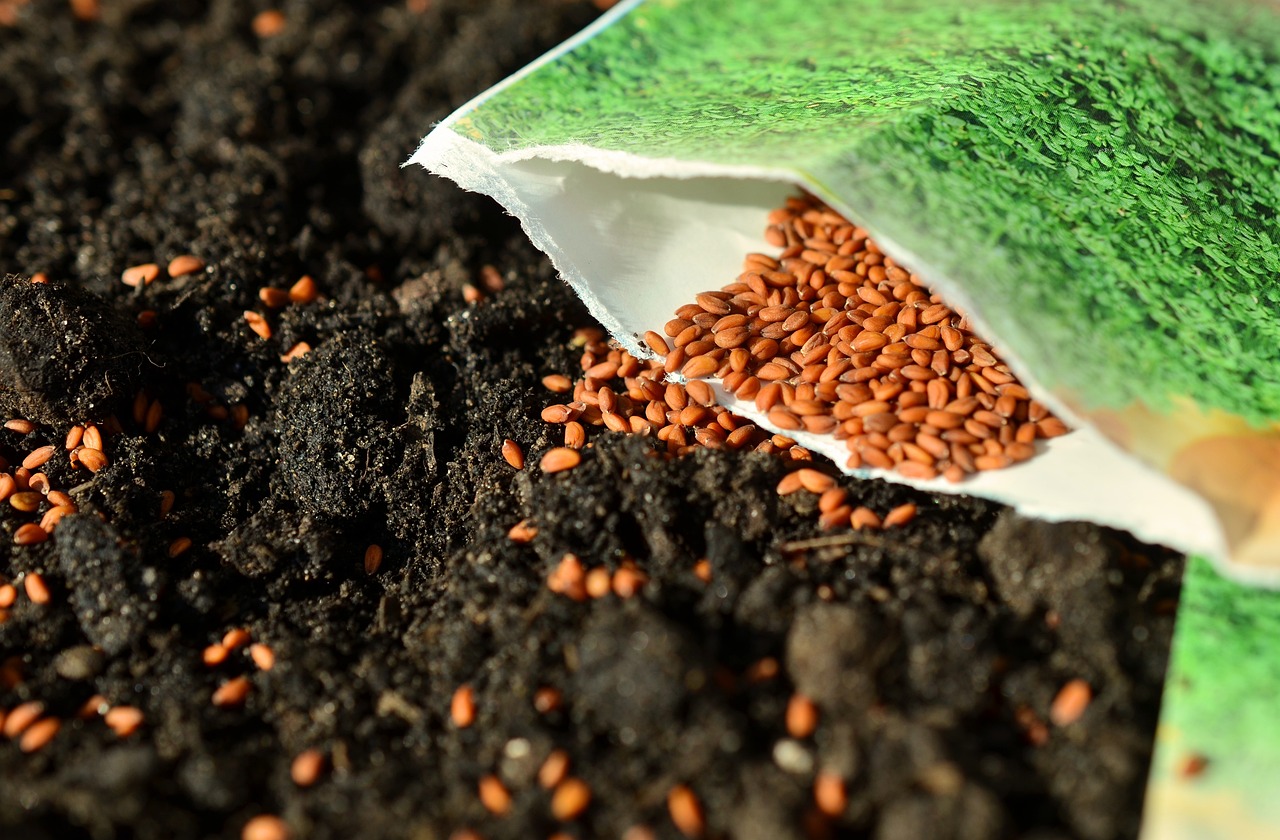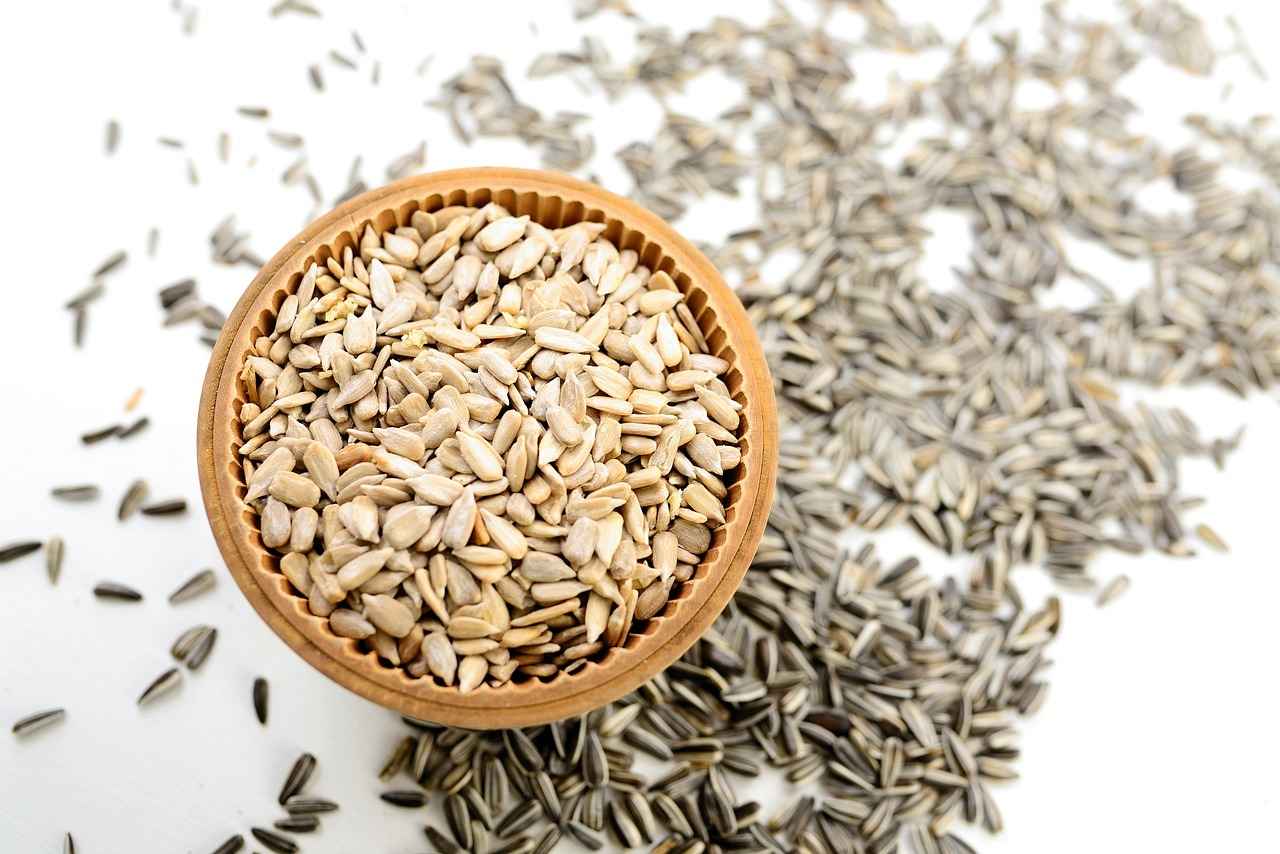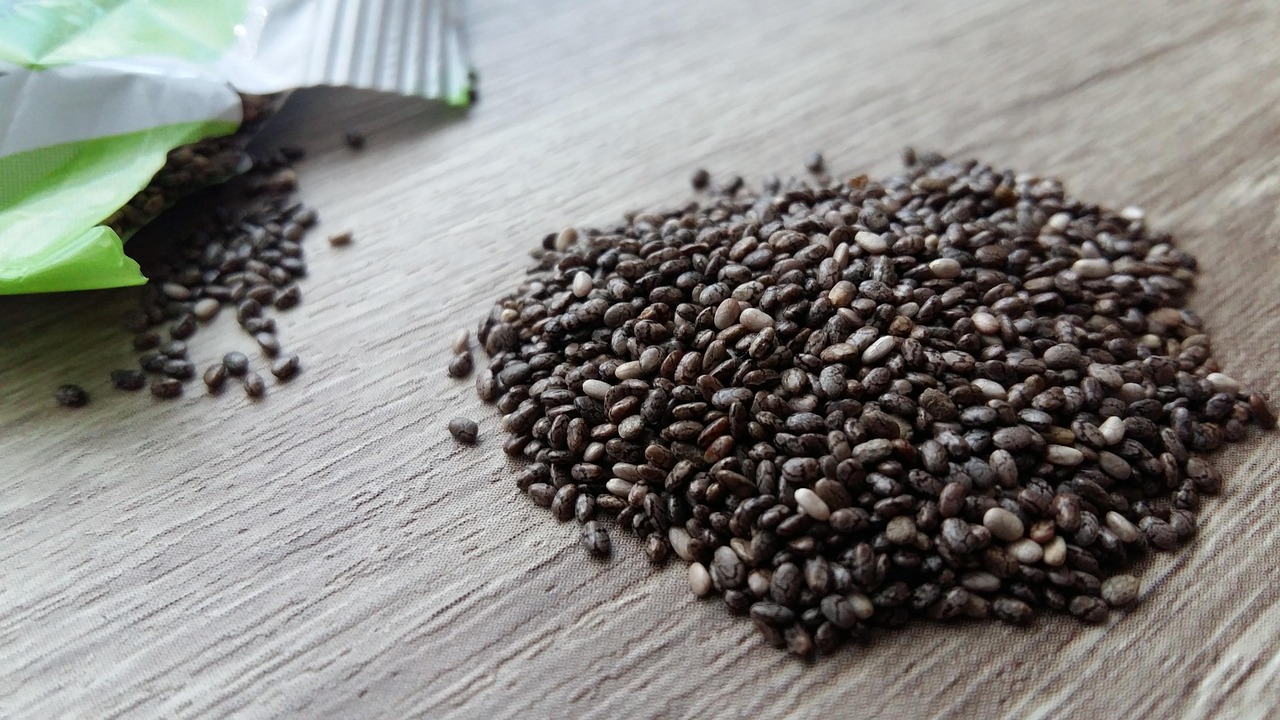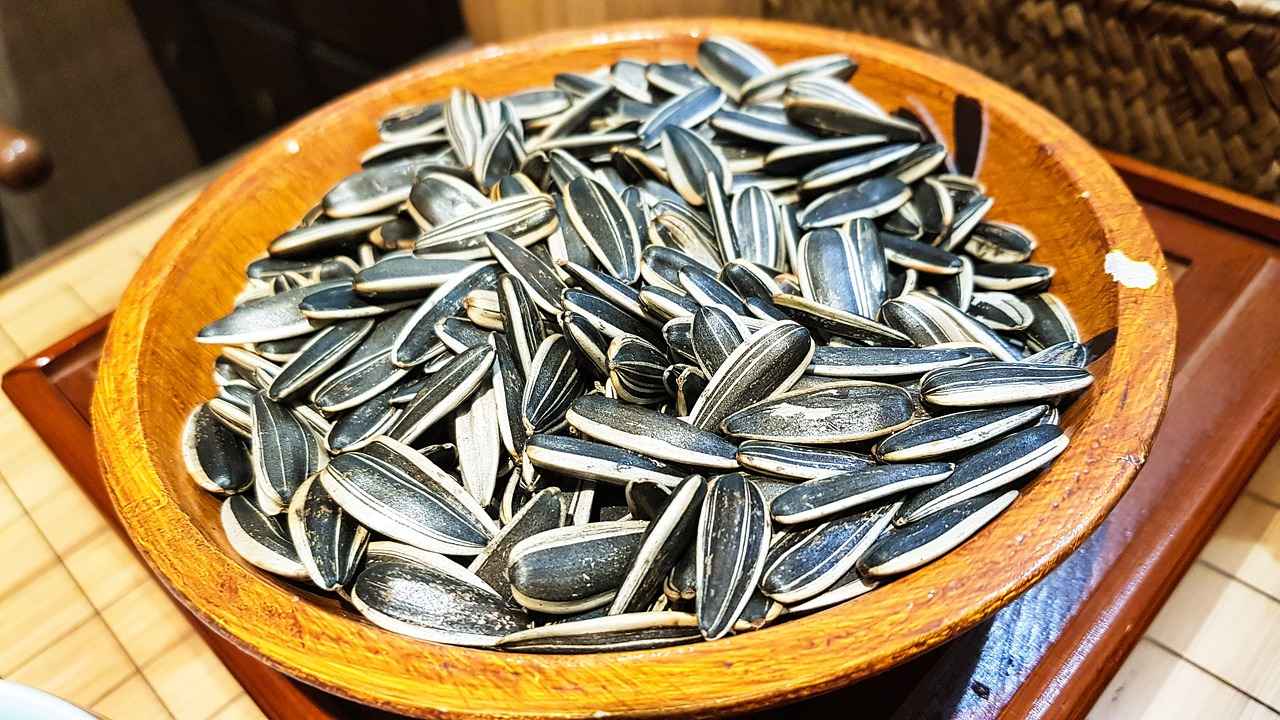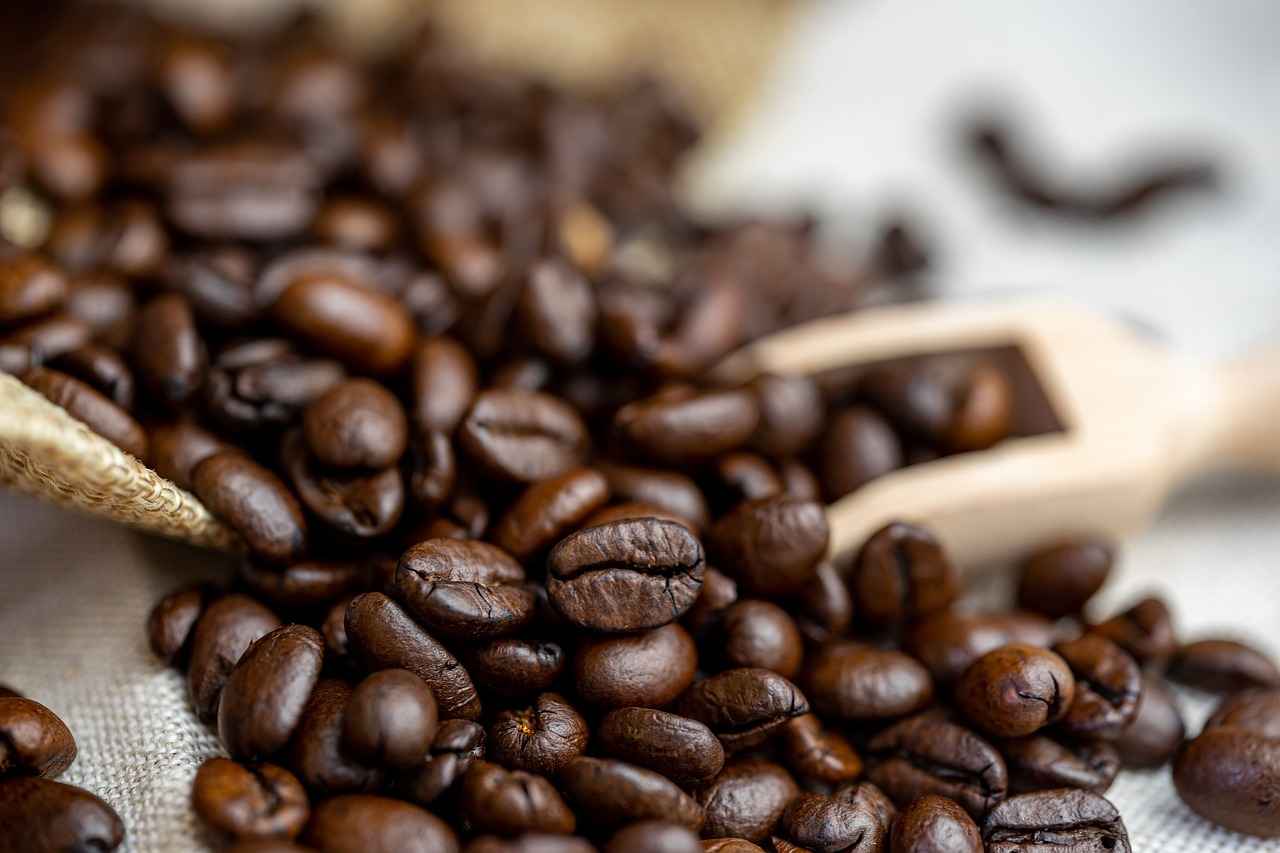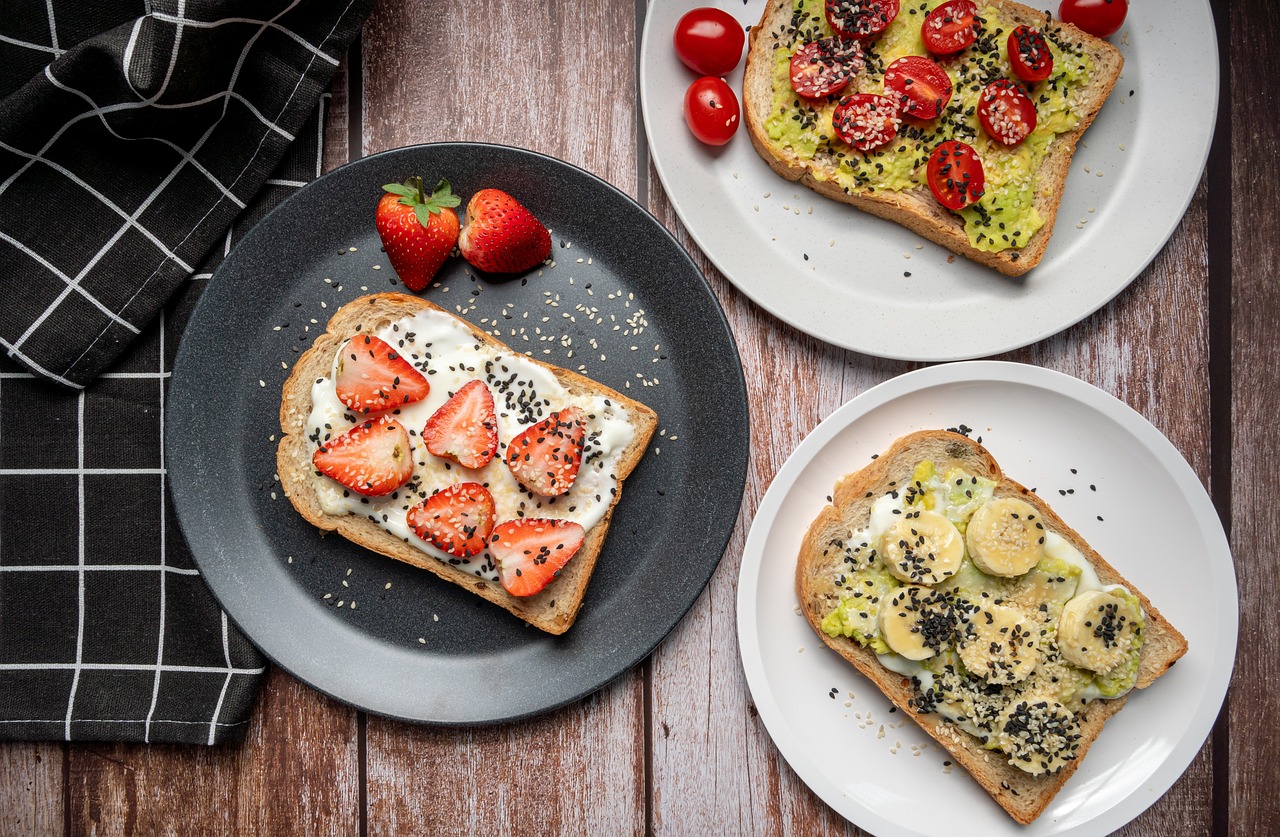Chia Seed Meal has emerged as a popular alternative to traditional flour, thanks to its impressive nutritional profile and versatility in cooking. This article delves into the various benefits, uses, and nutritional aspects of chia seed meal, showcasing how it can enhance your diet and culinary creations.
Chia seed meal is derived from ground chia seeds, which are tiny black or white seeds from the Salvia hispanica plant. Known for their rich history dating back to ancient civilizations, chia seeds are considered a superfood due to their high levels of nutrients. Unlike whole chia seeds, chia seed meal offers a finer texture, making it easier to incorporate into various recipes.
One of the primary reasons to opt for chia seed meal is its nutritional superiority. It boasts a higher fiber content, which aids in digestion and promotes a feeling of fullness. Additionally, chia seed meal is rich in omega-3 fatty acids, essential for heart health. It also provides vital minerals such as calcium, magnesium, and phosphorus, making it a nutrient-dense choice compared to conventional flour.
Integrating chia seed meal into your meals can be both simple and enjoyable. Here are some practical tips:
- Add it to smoothies for a nutritional boost.
- Use it as a thickening agent in soups and sauces.
- Replace a portion of traditional flour with chia seed meal in baked goods.
- Sprinkle it on yogurt or oatmeal for added texture and nutrition.
Chia seed meal is a powerhouse of nutrients. A typical serving contains:
- Protein: Approximately 4 grams per ounce.
- Fiber: About 11 grams, aiding in digestive health.
- Antioxidants: Protects the body from oxidative stress.
These components contribute significantly to overall health, supporting various bodily functions.
The high fiber content in chia seed meal can be beneficial for those looking to manage their weight. Fiber promotes satiety, helping to curb hunger and reduce overall calorie intake. Incorporating chia seed meal into meals can assist in maintaining a healthy diet without feeling deprived.
For individuals with gluten sensitivities or celiac disease, chia seed meal is an excellent gluten-free alternative. It can be seamlessly used in gluten-free baking and cooking, providing a nutritious option without compromising taste or texture.
To maintain the quality and freshness of chia seed meal, store it in a cool, dry place in an airtight container. For extended shelf life, refrigeration is recommended. This prevents the meal from going rancid and preserves its nutritional benefits.
Chia seed meal can be utilized in a variety of delicious recipes:
- Chia Pancakes: Combine chia seed meal with eggs and milk for a nutritious breakfast.
- Chia Seed Pudding: Mix with almond milk and let it sit overnight for a creamy dessert.
- Baked Goods: Use in muffins or bread for added moisture and nutrition.
While generally safe, some individuals may experience mild digestive issues when consuming chia seed meal, particularly if introduced too quickly. It’s advisable to start with small amounts and increase gradually to allow your body to adjust.
Quality matters when purchasing chia seed meal. Look for brands that offer organic and non-GMO options. You can find chia seed meal in health food stores, grocery chains, and online retailers, ensuring you choose a reputable source for the best quality.

What is Chia Seed Meal?
Chia seed meal is an increasingly popular ingredient derived from grinding whole chia seeds, which are celebrated for their remarkable nutritional profile. Originating from the Salvia hispanica plant, native to Central and South America, chia seeds have been a staple in the diets of ancient civilizations, including the Aztecs and Mayans. These tiny seeds are not only rich in history but also packed with essential nutrients that contribute to overall health and wellness.
The process of making chia seed meal involves carefully grinding whole chia seeds into a fine powder. This transformation enhances their versatility, allowing them to be used as a gluten-free alternative to traditional flours in various recipes. Unlike whole chia seeds, which can be crunchy and may require soaking to unlock their full potential, chia seed meal provides a smooth texture that seamlessly integrates into dishes.
One of the most significant differences between whole chia seeds and chia seed meal lies in their nutritional absorption. While whole seeds can pass through the digestive system largely intact, chia seed meal allows for greater nutrient bioavailability. This means that the body can more easily access and utilize the protein, fiber, omega-3 fatty acids, and various vitamins and minerals present in chia seeds when they are consumed in meal form.
In terms of nutritional benefits, chia seed meal is a powerhouse. It is particularly high in dietary fiber, which aids in digestion and promotes a feeling of fullness. This can be especially beneficial for individuals looking to manage their weight or improve their digestive health. Additionally, chia seed meal is a fantastic source of plant-based protein, making it an excellent choice for vegetarians and vegans.
Furthermore, chia seed meal contains essential fatty acids, particularly alpha-linolenic acid (ALA), which is crucial for heart health. The presence of antioxidants in chia seed meal also contributes to its status as a superfood, helping to combat oxidative stress and inflammation in the body.
In summary, chia seed meal is not just a trendy ingredient; it is a nutrient-dense alternative that offers numerous health benefits. Its origins, processing, and improved nutrient absorption make it a valuable addition to any diet. Whether you are looking to enhance your smoothies, baked goods, or even savory dishes, chia seed meal can provide both nutrition and versatility in your culinary endeavors.

Why Choose Chia Seed Meal Over Traditional Flour?
Chia seed meal has gained popularity as a nutritious alternative to traditional flour, offering a wealth of health benefits that can enhance any diet. As more people seek healthier food options, understanding the advantages of chia seed meal over conventional flour is crucial. This article delves into the reasons why chia seed meal is a superior choice, focusing on its nutritional profile, health benefits, and versatility in cooking.
Chia seeds, when ground into meal, retain their nutritional integrity, making them a powerhouse of nutrients. They are exceptionally high in fiber, providing about 10 grams per ounce, which is significantly more than most traditional flours. This high fiber content aids in digestion and promotes a feeling of fullness, making it an excellent choice for those managing their weight.
One of the standout features of chia seed meal is its rich content of omega-3 fatty acids. These essential fats are known for their role in reducing inflammation and supporting heart health. In contrast, traditional flours typically lack these beneficial fats, making chia seed meal a heart-healthy alternative.
Chia seed meal is also a great source of essential minerals such as calcium, magnesium, and phosphorus. These minerals play vital roles in bone health, muscle function, and overall metabolic processes. Traditional flour, on the other hand, often undergoes refinement, stripping away many of its natural nutrients.
Incorporating chia seed meal into your diet is simple and versatile. It can be used in a variety of recipes, from smoothies and puddings to baked goods like breads and muffins. Its nutty flavor complements many dishes, making it an easy addition to your favorite recipes.
For individuals with gluten sensitivities or celiac disease, chia seed meal presents a gluten-free alternative to traditional wheat flour. This makes it accessible for those who must avoid gluten while still enjoying baked goods and other flour-based dishes.
The high fiber content in chia seed meal can promote satiety, helping individuals feel fuller for longer. This can be particularly beneficial for those looking to manage their weight. By incorporating chia seed meal into meals, individuals may find it easier to control their appetite and reduce overall caloric intake.
While chia seed meal is generally safe for most people, it is important to consume it in moderation. Some individuals may experience digestive discomfort if they consume too much fiber too quickly. It is advisable to start with small amounts and gradually increase intake.
Finding high-quality chia seed meal is essential to maximize its health benefits. It is widely available in health food stores, supermarkets, and online retailers. When purchasing, look for organic options that ensure purity and quality.
In summary, chia seed meal offers numerous advantages over traditional flour, including its rich nutritional profile, health benefits, and versatility in cooking. By incorporating chia seed meal into your diet, you can enjoy a healthier, more balanced lifestyle.

How to Incorporate Chia Seed Meal into Your Diet?
Integrating chia seed meal into your diet can be not only simple but also a delightful experience. This nutrient-dense ingredient can enhance the nutritional profile of your meals while adding unique textures and flavors. Below are some practical tips and creative ideas to help you incorporate chia seed meal into your daily recipes.
Add a tablespoon of chia seed meal to your morning smoothie for an extra boost of nutrition. It blends well with fruits, vegetables, and even nut butters. The meal will not only increase the fiber content but also add a creamy texture.
Chia seed meal can be seamlessly integrated into your baking recipes. Substitute up to 25% of the flour in your favorite recipes for muffins, pancakes, or bread with chia seed meal. This substitution will enhance the nutritional value while keeping your baked goods moist and delicious.
Use chia seed meal as a thickening agent in soups and stews. Simply stir in a tablespoon or two while cooking, and it will absorb liquid, creating a heartier texture. This method not only thickens your dish but also packs in omega-3 fatty acids and protein.
Make your own energy bars by combining chia seed meal with oats, nuts, honey, and dried fruits. This combination provides a healthy snack option that is rich in fiber and will keep you feeling full between meals.
Incorporate chia seed meal into homemade salad dressings. Mixing it with olive oil, vinegar, and your choice of herbs can create a nutrient-rich dressing that adds flavor and thickness to your salads.
Stir chia seed meal into yogurt or oatmeal for a nutritious breakfast. It not only adds texture but also increases the protein content, making your meal more satisfying. Top with fruits and nuts for added flavor.
Chia pudding is a popular way to enjoy chia seed meal. Mix it with almond milk, sweeteners, and your favorite flavors, then let it sit in the fridge overnight. The result is a creamy, nutritious dessert that can be topped with fruits and nuts.
Incorporate chia seed meal into sauces and dips. A tablespoon added to hummus or guacamole not only boosts the nutritional value but also adds a unique texture that enhances the overall flavor.
By following these tips, you can easily incorporate chia seed meal into various meals throughout the day. Its versatility makes it a fantastic addition to a healthy diet, ensuring you gain the maximum benefits from this superfood.

What Are the Nutritional Benefits of Chia Seed Meal?
Chia seed meal is rapidly gaining popularity as a nutrient-dense alternative to traditional flour. This superfood, derived from ground chia seeds, boasts an impressive nutritional profile that can significantly enhance your health and well-being. In this section, we will explore the remarkable benefits of chia seed meal, focusing on its rich content of protein, fiber, and antioxidants.
Chia seed meal is a powerhouse of nutrients, providing a wide array of health benefits. Here are some key components:
- Protein: Chia seed meal contains about 20% protein, making it an excellent source for those looking to increase their protein intake without relying on animal products. This high-quality protein is essential for muscle repair and growth.
- Fiber: With approximately 34 grams of fiber per 100 grams, chia seed meal is a fantastic source of dietary fiber. This aids in digestion, promotes a feeling of fullness, and can help regulate blood sugar levels.
- Omega-3 Fatty Acids: Chia seeds are rich in alpha-linolenic acid (ALA), a type of omega-3 fatty acid that supports heart health and reduces inflammation in the body.
- Antioxidants: Chia seed meal is loaded with antioxidants, which help combat oxidative stress and may reduce the risk of chronic diseases.
- Essential Minerals: It is also a great source of essential minerals such as calcium, magnesium, and phosphorus, which are vital for bone health and overall bodily functions.
The combination of protein, fiber, and healthy fats in chia seed meal contributes to numerous health benefits:
- Weight Management: The high fiber content promotes satiety, helping to control appetite and reduce overall calorie intake.
- Heart Health: Omega-3 fatty acids play a crucial role in lowering cholesterol levels and reducing the risk of heart disease.
- Digestive Health: Fiber aids in digestion and helps maintain a healthy gut microbiome, which is essential for overall health.
- Bone Strength: The presence of calcium and magnesium supports bone density and strength, making chia seed meal a great addition to the diet, especially for those at risk of osteoporosis.
Integrating chia seed meal into your daily meals can be simple and enjoyable. Here are some practical tips:
- Add it to smoothies for a nutrient boost.
- Use it as a thickening agent in soups and sauces.
- Incorporate it into baked goods like muffins and pancakes for added nutrition.
- Mix it with yogurt or oatmeal for a hearty breakfast.
In summary, chia seed meal is a versatile and nutrient-dense ingredient that can enhance your diet significantly. Its rich profile of protein, fiber, omega-3 fatty acids, and antioxidants contributes to overall health and well-being. By incorporating this superfood into your meals, you can enjoy its numerous benefits while diversifying your nutritional intake.

Can Chia Seed Meal Help with Weight Management?
When it comes to weight management, many individuals are on the lookout for effective dietary aids. One such superfood gaining popularity is chia seed meal. This nutrient-dense alternative to traditional flour is not only versatile but also packed with health benefits. In this section, we will explore how chia seed meal can assist in weight loss, primarily due to its high fiber content and other nutritional properties.
One of the key factors in successful weight management is satiety, or the feeling of fullness after eating. Chia seed meal is rich in fiber, containing approximately 10 grams of fiber per ounce. This high fiber content plays a crucial role in promoting satiety. When consumed, chia seeds can absorb up to 10-12 times their weight in water, forming a gel-like substance in the stomach. This gel not only slows down digestion but also keeps you feeling full for longer periods, reducing the likelihood of overeating.
Incorporating chia seed meal into your diet can naturally lead to healthier eating habits. By adding it to meals, you can increase the nutritional value without significantly altering the taste. For instance, mixing chia seed meal into smoothies, oatmeal, or baked goods can enhance their fiber content, making them more satisfying. This can help curb cravings for unhealthy snacks and promote a balanced diet.
Another aspect of weight management is blood sugar regulation. Chia seed meal has a low glycemic index, meaning it does not cause rapid spikes in blood sugar levels. This can be particularly beneficial for those looking to manage their weight, as stable blood sugar levels help control hunger and reduce cravings. By incorporating chia seed meal into your meals, you may experience more consistent energy levels throughout the day.
Integrating chia seed meal into your diet can be simple and enjoyable. Here are some practical tips:
- Add to Smoothies: Blend chia seed meal into your favorite smoothies for an extra fiber boost.
- Mix into Baked Goods: Substitute a portion of flour with chia seed meal in recipes for muffins, pancakes, or bread.
- Use as a Thickener: Incorporate chia seed meal into soups or sauces for added texture and nutrition.
While chia seed meal is generally safe for most individuals, it is important to consume it in moderation. Due to its high fiber content, excessive intake may lead to digestive discomfort. It is advisable to start with small amounts and gradually increase your intake to allow your body to adjust.
In conclusion, chia seed meal can be a valuable addition to your weight management strategy. Its high fiber content promotes satiety, supports healthy eating habits, and aids in blood sugar regulation. By incorporating this superfood into your diet, you can enhance your meals while working towards your weight loss goals. Remember to maintain a balanced diet and consult with a healthcare professional if you have any specific dietary concerns.
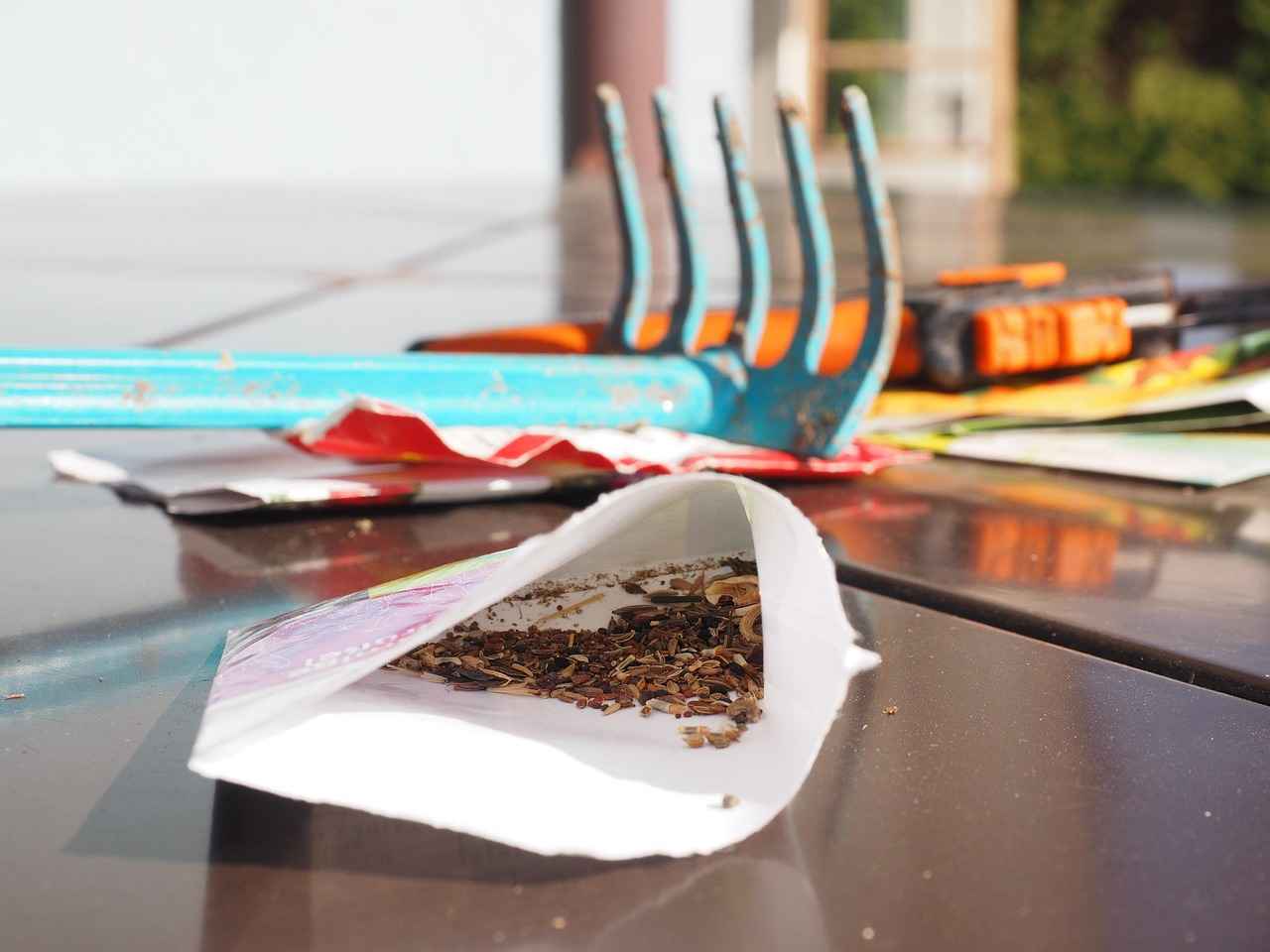
Is Chia Seed Meal Gluten-Free?
For individuals with gluten sensitivities or celiac disease, finding suitable alternatives to traditional flour can be challenging. Chia seed meal emerges as a highly effective and nutrient-dense option that is naturally gluten-free. In this section, we will explore the gluten-free status of chia seed meal and its versatility in gluten-free baking and cooking.
Chia seeds, the source of chia seed meal, are derived from the Salvia hispanica plant and are inherently gluten-free. This means that they do not contain gluten, a protein found in wheat, barley, and rye that can trigger adverse reactions in those with gluten sensitivities. When ground into a meal, chia seeds maintain their gluten-free properties, making chia seed meal a safe choice for gluten-free diets.
Chia seed meal can be a fantastic substitute in various gluten-free recipes. Here are some practical ways to incorporate it:
- Thickening Agent: Use chia seed meal as a thickening agent in soups, sauces, and smoothies. Its ability to absorb liquid can enhance the texture of your dishes.
- Baking Substitute: Replace a portion of traditional flour with chia seed meal in recipes for pancakes, muffins, and cookies. This not only adds nutritional value but also contributes a unique flavor.
- Binding Ingredient: When making gluten-free breads or baked goods, chia seed meal can act as a binding agent, helping to hold the ingredients together.
In addition to being gluten-free, chia seed meal offers several health benefits:
- High in Fiber: Chia seed meal is rich in dietary fiber, which aids digestion and promotes a feeling of fullness.
- Omega-3 Fatty Acids: It is an excellent source of plant-based omega-3 fatty acids, which are beneficial for heart health.
- Rich in Antioxidants: Chia seeds contain antioxidants that help combat oxidative stress in the body.
To maximize the benefits of chia seed meal in your cooking, consider the following tips:
- Hydration: When using chia seed meal, consider mixing it with water or other liquids before adding it to your recipes. This can enhance its binding properties and improve texture.
- Storage: Store chia seed meal in an airtight container in a cool, dark place to maintain its freshness and nutritional quality.
- Experiment: Don’t hesitate to experiment with different recipes. Chia seed meal can be used in smoothies, energy bars, and even as a topping for yogurt and salads.
While chia seed meal is generally safe for most individuals, it’s essential to consume it in moderation. Its high fiber content can lead to digestive discomfort if consumed in excessive amounts. Start with small quantities and gradually increase as your body adjusts.
In summary, chia seed meal is a versatile and nutrient-rich alternative for those seeking gluten-free options. Its numerous health benefits, combined with its ability to enhance various recipes, make it an excellent addition to any gluten-free diet.
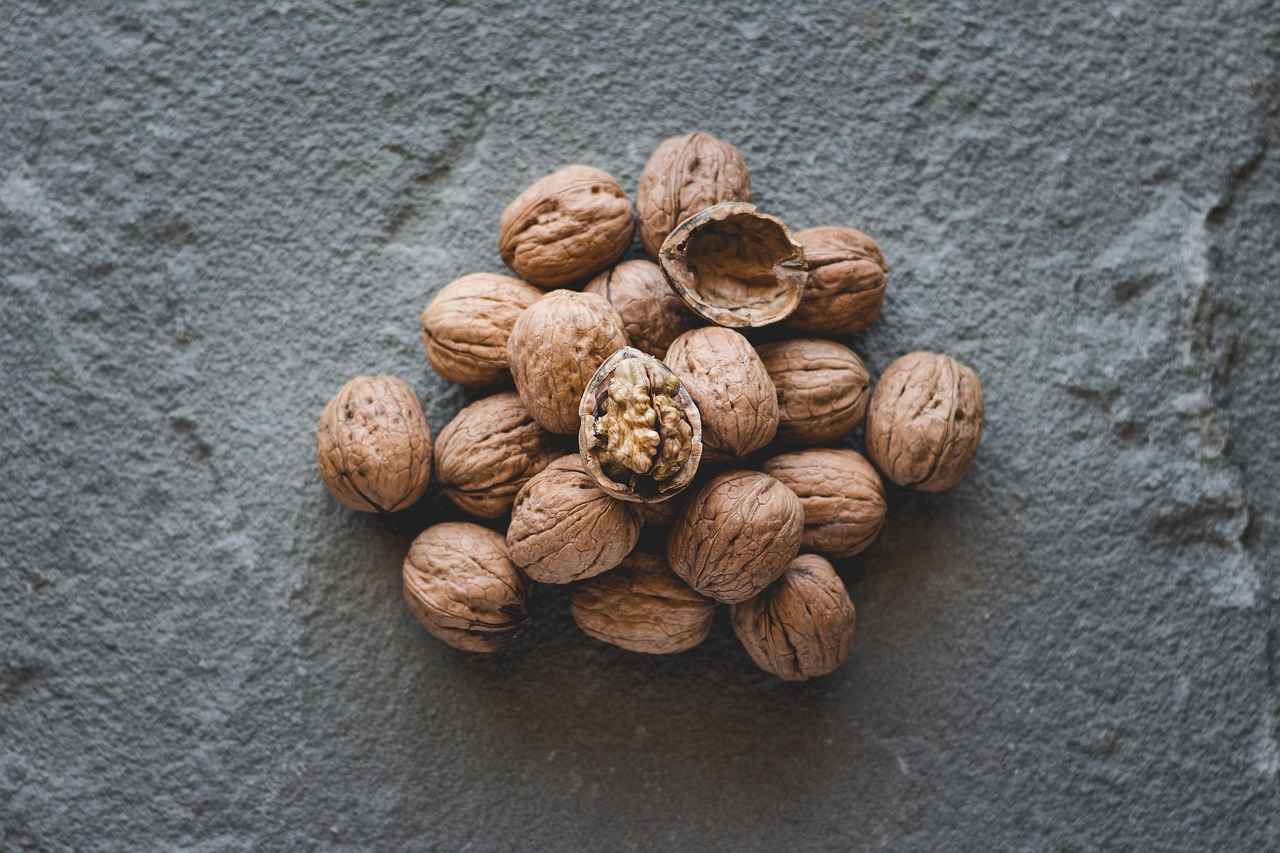
How to Store Chia Seed Meal for Maximum Freshness?
Storing chia seed meal properly is essential for preserving its nutritional quality and ensuring it remains fresh for as long as possible. Chia seed meal, made from ground chia seeds, is rich in omega-3 fatty acids, fiber, and various essential minerals. However, improper storage can lead to nutrient degradation and spoilage. Below are some effective guidelines for storing chia seed meal.
Chia seed meal can absorb moisture and odors from its environment, which can affect its flavor and nutritional value. Proper storage helps to:
- Maintain freshness
- Prevent spoilage
- Retain nutritional benefits
To keep your chia seed meal in optimal condition, consider the following storage methods:
- Cool and Dark Environment: Store chia seed meal in a cool, dark place, away from direct sunlight. Light and heat can accelerate the degradation of its beneficial nutrients.
- Airtight Container: Use an airtight container to minimize exposure to air. Glass jars or vacuum-sealed bags work well to keep out moisture and air.
- Refrigeration: For long-term storage, consider refrigerating or even freezing chia seed meal. This method can extend its shelf life significantly, sometimes up to a year or more.
- Check Expiry Dates: Always check for any expiry or best-before dates on the packaging. Even when stored correctly, chia seed meal can lose its potency over time.
It’s important to be aware of the signs that your chia seed meal may have gone bad. Look for:
- Unpleasant Odor: If the meal emits a rancid smell, it’s best to discard it.
- Change in Texture: Clumping or a change in texture can indicate moisture exposure.
- Off Taste: A bitter or off taste is a sure sign that the meal is no longer fresh.
When stored properly, chia seed meal can last:
- In a cool, dark place: 3 to 6 months
- In the refrigerator: Up to 1 year
- In the freezer: Up to 2 years
By following these storage guidelines, you can ensure that your chia seed meal remains fresh and packed with nutrients. Incorporating this superfood into your diet can provide numerous health benefits, but its effectiveness is contingent on proper storage practices.
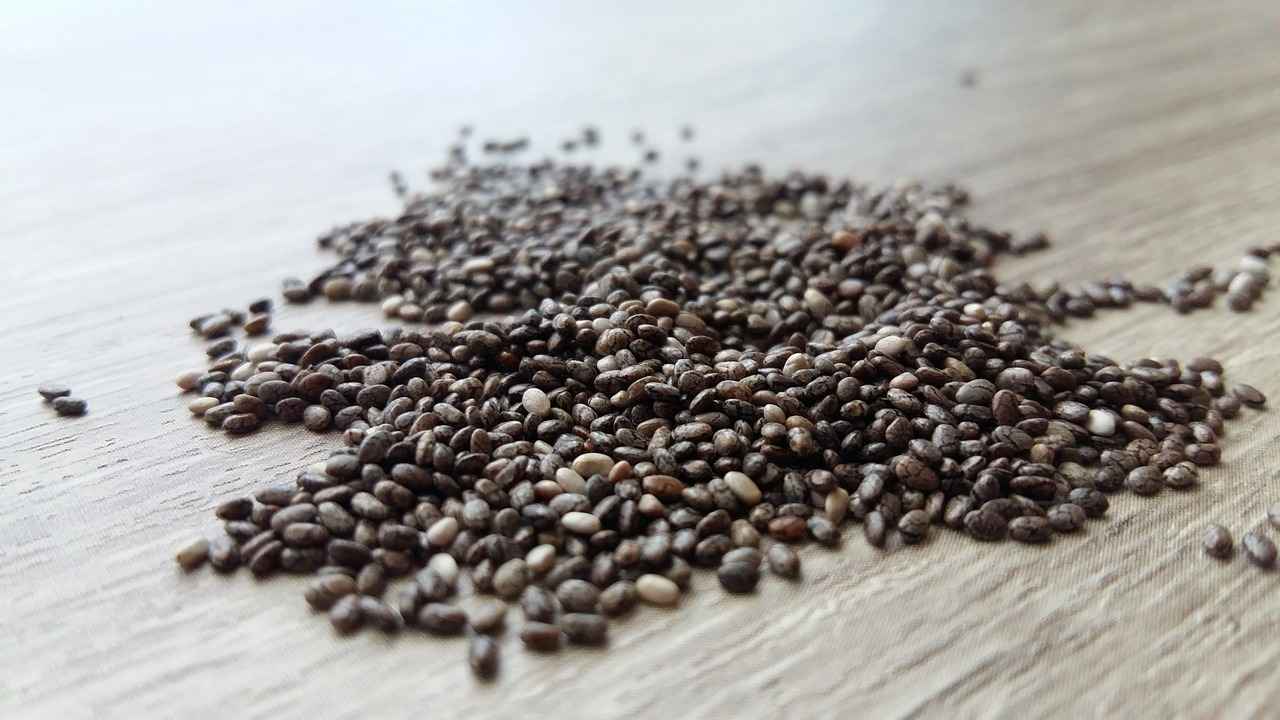
What Are Some Delicious Recipes Using Chia Seed Meal?
Chia seed meal is a versatile ingredient that can elevate the nutritional profile of various dishes while adding a delightful texture. With its nutty flavor and rich nutrient content, it can be seamlessly incorporated into both sweet and savory recipes. Below, we explore some delicious and easy-to-make recipes that showcase the unique qualities of chia seed meal.
Start your day with fluffy chia seed meal pancakes that are not only tasty but also packed with nutrients. Here’s how to make them:
- Ingredients:
- 1 cup whole wheat flour
- 1/4 cup chia seed meal
- 1 tablespoon baking powder
- 1 cup milk (or almond milk)
- 1 egg
- 2 tablespoons honey or maple syrup
- Instructions:
- In a bowl, mix the flour, chia seed meal, and baking powder.
- In another bowl, whisk together the milk, egg, and sweetener.
- Combine the wet and dry ingredients, stirring until just mixed.
- Pour batter onto a hot skillet and cook until bubbles form; flip and cook until golden.
Boost your morning routine with a nutritious chia seed meal smoothie. This recipe is quick and customizable:
- Ingredients:
- 1 banana
- 1 tablespoon chia seed meal
- 1 cup spinach
- 1 cup almond milk
- 1 tablespoon peanut butter
- Instructions:
- Add all ingredients to a blender.
- Blend until smooth and creamy.
- Pour into a glass and enjoy!
These energy bites are a perfect snack for on-the-go. They are easy to prepare and delicious:
- Ingredients:
- 1 cup rolled oats
- 1/2 cup chia seed meal
- 1/2 cup nut butter
- 1/4 cup honey or agave syrup
- 1/4 cup chocolate chips (optional)
- Instructions:
- In a bowl, mix all ingredients until well combined.
- Form small balls and place them on a baking sheet.
- Refrigerate for 30 minutes before serving.
For a hearty addition to any meal, try making chia seed meal bread. It’s gluten-free and rich in fiber:
- Ingredients:
- 2 cups almond flour
- 1/2 cup chia seed meal
- 1/4 cup flaxseed meal
- 1 teaspoon baking soda
- 4 eggs
- 1/4 cup olive oil
- Instructions:
- Preheat the oven to 350°F (175°C).
- In a bowl, combine almond flour, chia seed meal, flaxseed meal, and baking soda.
- Add eggs and olive oil, mixing until smooth.
- Pour into a greased loaf pan and bake for 30-35 minutes.
These recipes illustrate just a few ways to incorporate chia seed meal into your diet. Whether you’re making breakfast, a snack, or a side dish, chia seed meal can enhance flavor and nutrition in a variety of dishes. Enjoy experimenting with this superfood!

Are There Any Potential Side Effects of Chia Seed Meal?
Chia seed meal has gained popularity as a nutritious alternative to traditional flour, but like any food, it can have side effects for some individuals. Understanding these potential reactions is crucial for safe consumption and maximizing the benefits of this superfood.
While most people can enjoy chia seed meal without issues, some may experience gastrointestinal discomfort. This can include symptoms such as:
- Bloating
- Gas
- Diarrhea
These reactions are often linked to the high fiber content in chia seeds, which can be overwhelming for those not accustomed to a fiber-rich diet. It is advisable to start with small amounts and gradually increase your intake.
Individuals with certain health conditions should exercise caution when adding chia seed meal to their diets. This includes:
- Those with esophageal issues, as chia seeds can expand in liquid and pose a choking hazard if not consumed properly.
- People on blood-thinning medications, since chia seeds may have a mild anticoagulant effect due to their omega-3 fatty acids.
- Individuals with allergies to seeds or those who have experienced adverse reactions to similar foods.
To minimize potential side effects, consider the following tips:
- Start Small: Begin with one tablespoon of chia seed meal per day and observe how your body reacts.
- Stay Hydrated: Drink plenty of water when consuming chia meal, as it absorbs liquid and can lead to dehydration if not adequately hydrated.
- Mix with Other Foods: Incorporate chia seed meal into smoothies, yogurt, or baked goods to balance its fiber content with other ingredients.
Although rare, some individuals may experience an allergic reaction to chia seeds. Symptoms can include:
- Rashes
- Itching
- Swelling
If you suspect an allergy, discontinue use and consult a healthcare professional for proper evaluation.
Before making significant changes to your diet, particularly if you have existing health conditions or are pregnant, it is wise to consult a healthcare provider. They can provide personalized advice based on your health history and dietary needs.
In summary, while chia seed meal is a nutrient-dense food that can enhance your diet, being aware of potential side effects and taking precautions can help ensure a positive experience. By starting with small amounts and listening to your body, you can enjoy the many benefits chia seed meal has to offer.

Where to Buy Quality Chia Seed Meal?
When looking to incorporate chia seed meal into your diet, finding a reliable source is crucial. This nutrient-dense alternative to traditional flour can significantly enhance your meals, but its benefits are best realized when you choose high-quality products. Below, we explore various options for purchasing chia seed meal, both online and locally.
One of the most convenient ways to purchase chia seed meal is through online retailers. Here are some popular options:
- Amazon – A vast selection of brands and sizes, often with customer reviews to help guide your choice.
- Thrive Market – Offers organic options at discounted prices for members, ensuring you get quality chia seed meal.
- iHerb – Specializes in health products and often features chia seed meal from reputable brands.
- Health Food Websites – Websites like Bob’s Red Mill and Nutiva provide direct access to their products, often with detailed nutritional information.
For those who prefer shopping in person, local health food stores and specialty grocery stores are excellent places to find chia seed meal. Here’s what to look for:
- Whole Foods Market – Known for its commitment to organic and natural products, you can find high-quality chia seed meal here.
- Trader Joe’s – Often carries chia seed meal at competitive prices, making it a budget-friendly option.
- Local Co-ops – Many community co-ops stock organic and locally sourced chia seed meal.
Visiting farmers’ markets can also yield quality chia seed meal. Look for vendors who specialize in health foods or organic grains. Additionally, specialty shops focusing on gluten-free or health-conscious products may have unique brands of chia seed meal that are not available in larger stores.
Regardless of where you buy, consider the following factors to ensure you are purchasing a quality product:
- Organic Certification – Opt for organic chia seed meal to avoid pesticides and chemicals.
- Freshness – Check the packaging date; fresher products will have better flavor and nutritional value.
- Brand Reputation – Research brands to find those known for quality and transparency.
- Ingredient List – Ensure that the only ingredient listed is chia seeds, with no additives or preservatives.
If you plan to use chia seed meal regularly, consider buying in bulk. Many online retailers and local health stores offer bulk options, which can save you money and reduce packaging waste. Just remember to store your chia seed meal properly to maintain its freshness.
In summary, whether you choose to shop online or at local stores, there are plenty of options available for purchasing quality chia seed meal. By focusing on reputable sources and paying attention to product quality, you can maximize the health benefits of this superfood.
Frequently Asked Questions
- What is chia seed meal?
Chia seed meal is simply ground chia seeds, a nutrient-packed superfood that’s gaining popularity as a flour alternative. It’s rich in fiber, protein, and healthy fats, making it a fantastic addition to your diet.
- Why should I choose chia seed meal over regular flour?
Chia seed meal boasts higher fiber content, omega-3 fatty acids, and essential minerals compared to traditional flour. This makes it a healthier option that can help support digestion and overall well-being.
- Can I use chia seed meal in baking?
Absolutely! Chia seed meal can be used in various baked goods such as muffins, pancakes, and bread. It not only enhances the nutritional profile but also adds a unique texture to your recipes.
- Is chia seed meal gluten-free?
Yes! Chia seed meal is naturally gluten-free, making it a safe alternative for those with gluten sensitivities or celiac disease. You can enjoy it in gluten-free baking without worry.
- How do I store chia seed meal?
To keep your chia seed meal fresh, store it in an airtight container in a cool, dark place. This helps maintain its nutritional quality and prevents it from going rancid.
- Are there any side effects of consuming chia seed meal?
While chia seed meal is generally safe, some people may experience digestive discomfort if consumed in large amounts. It’s best to start with small servings and increase gradually.
- Where can I buy quality chia seed meal?
You can find high-quality chia seed meal at health food stores, supermarkets, and online retailers. Always check for organic options to ensure you’re getting the best quality.




